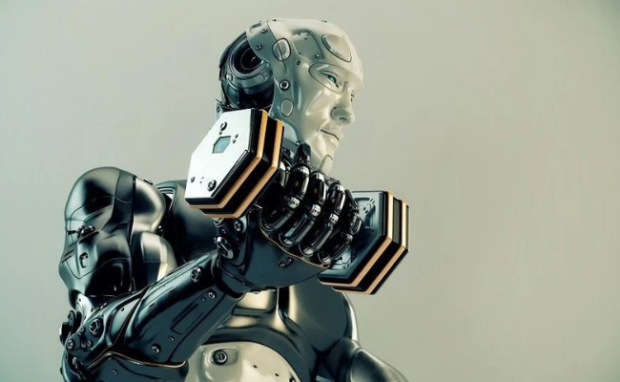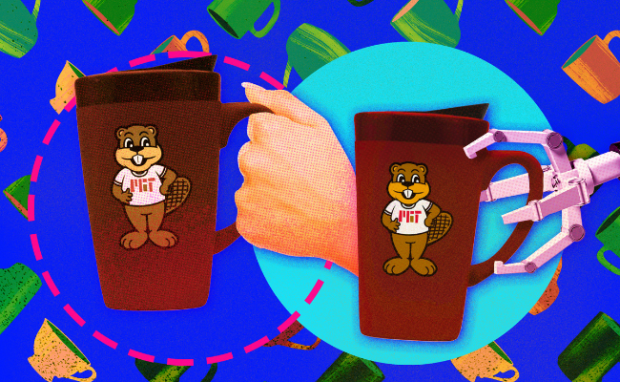Scientists create muscles for robots
Massachusetts Institute of Technology researchers developed a way to create muscles for robots. Dr. Ritu Raman and her team initially created a technique to prepare lab-grown muscles for grafting. However, Singularity Hub says these synthetic muscles may also coat robots to give them “human-like senses, flexible motor control, and the ability to heal its scratches.”
Follow tech trends long enough, and you’ll notice that experts aim to create machines that mimic humans. Consequently, it’s unsurprising that scientists want to put artificial muscles on robots to give them human-like qualities. If Dr. Raman continues her research, we may turn humanoid robots into reality and bring new healthcare breakthroughs to the world.
This article will discuss how MIT scientists created robot muscles. Later, I will cover other innovations that could turn sci-fi humanoid machines into reality.
How did scientists create robot muscles?

It seems outlandish to mix muscles and machines, but Dr. Ritu Raman has been studying the concept since 2016. She engineered tiny 3D-printed cyborg bots with muscle cells that year.
They followed beams of light, eventually becoming more flexible as they moved for extended periods. As a result, their “exercise” allowed them to steer and rotate through obstacles.
She and her team reexamined their study and wondered if they must “exercise” lab-grown muscles so that they function fully. On October 20, 2023, she experimented with light-activated muscle grafts to heal a large muscle injury on a mouse’s leg.
Dr. Raman and her colleagues shone a blue light on the muscle grafts daily to strengthen the muscle grafts after attaching them to a host. Not only did the method keep the grafts alive, but it also caused them to grow blood vessels and nerve cells.
Singularity Hub said 30 minutes of treatment daily for 10 days boosted muscle force by three times. “Exercising muscle grafts after they’ve implanted does more than just make muscle stronger. It also appears to affect how muscle communicates with other tissue, like blood vessels and nerves,” Raman stated.
You may also like: Vietnam successfully clones pigs
However, she wondered whether you could make muscle fibers stronger on a petri dish instead of a host. “Generally, when people want to mechanically stimulate tissues in a lab environment, they grasp the tissue at both ends and move it back and forth, stretching and compressing the whole tissue,” she stated.
“But this doesn’t really mimic how cells talk to each other in our bodies,” she added. Consequently, Dr. Raman developed magnetic matrix actuation or MagMA.
It emulates the gel-like structure surrounding muscle cells but with a magnetic boost. As a result, it could form more organized muscle fibers than using blue light alone.
What are the other recent robot projects?

We’re creating robot muscles, so why not couple them with human-like dexterity? University of Tokyo researchers created robot limbs that mimic human arm movements.
In other words, it moves according to how its user adjusts his arms. Jizai Arms connect to a backpack-like power supply that accommodates up to four robot limbs.
You may also connect arms controlled by another person. As a result, that person could assist in your tasks by holding and grabbing things for you.
Perhaps these arms could guide MIT’s new robot training method. Andi Peng, an MIT graduate student, said her AI algorithm enables robots to learn from their mistakes.
You may also like: Scientists 3D printed heart tissue
“Right now, the way we train these robots, when they fail, we don’t really know why,” Peng stated. “So you would just throw up your hands and say, ‘OK, I guess we have to start over.’”
“A critical component that is missing from this system is enabling the robot to demonstrate why it is failing so the user can give it feedback,” she added. Consequently, Peng and her colleagues created a framework that lets humans teach a robot quickly with minimal effort.
Combine these machines and programs with robot muscles, and they might facilitate the production of humanoid robots. Of course, turning that concept into reality requires more research and development.
Conclusion
MIT researcher Dr. Ritu Raman discovered how to strengthen and organize synthetic muscle growth with blue light and magnetism. As a result, her findings could facilitate testing new healthcare treatments.
“The ability to make aligned muscle in a lab setting means that we can develop model tissues for understanding muscle in healthy and diseased states and for developing and testing new therapies that combat muscle injury or disease,” Raman said.
Learn more about her findings by reading its ScienceDirect webpage. Moreover, check out more digital tips and trends at Inquirer Tech.